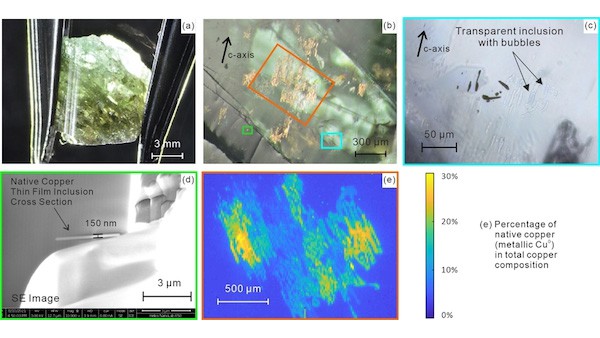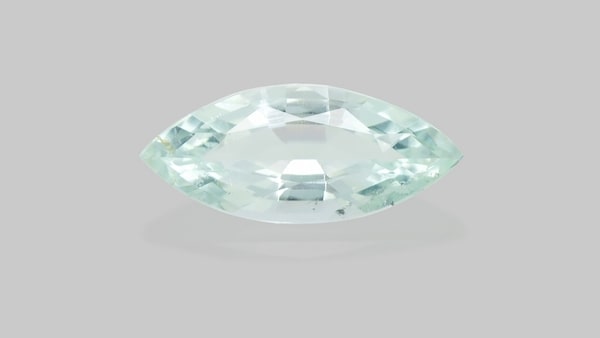
Saturation too low for Paraiba tourmaline
By Dr. M.S. Krzemnicki, first published in Facette 28 (May 2023)
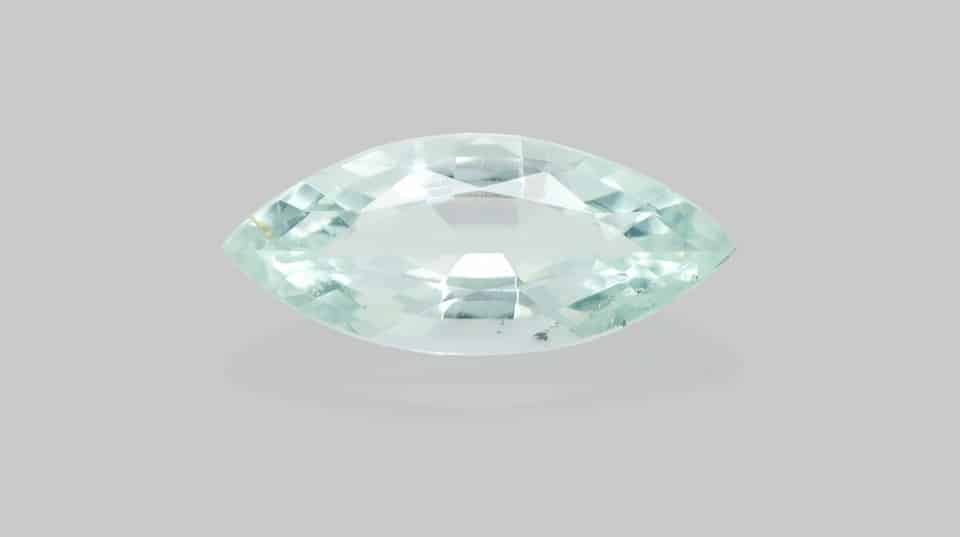
Copper-bearing tourmaline, also known as Paraiba tourmaline in the trade, may come in a range of colours from blue to green. Similarly, the colour saturation of such copper-bearing tourmalines may vary largely, from saturated and vibrant – also known as “electric” or “neon” – to very light coloured. Recently, we analysed a tourmaline from Mozambique of very light green colour, containing only small traces of copper resulting in a weak colour saturation of this stone. When comparing this copper-bearing tourmaline with a large selection of Paraiba tourmalines originating from Brazil or Mozambique, we see that these usually show distinctly higher copper concentrations (Figure 2).
Although this tourmaline is coloured by traces of copper and consequently exhibits weak absorption bands related to copper in its absorption spectrum, the saturation of this stone is considered weak, i.e. too low based on our colour standard to be called a Paraiba tourmaline (see also LMHC information sheet No. 6, https://www.lmhc-gemmology. org/gemstones).
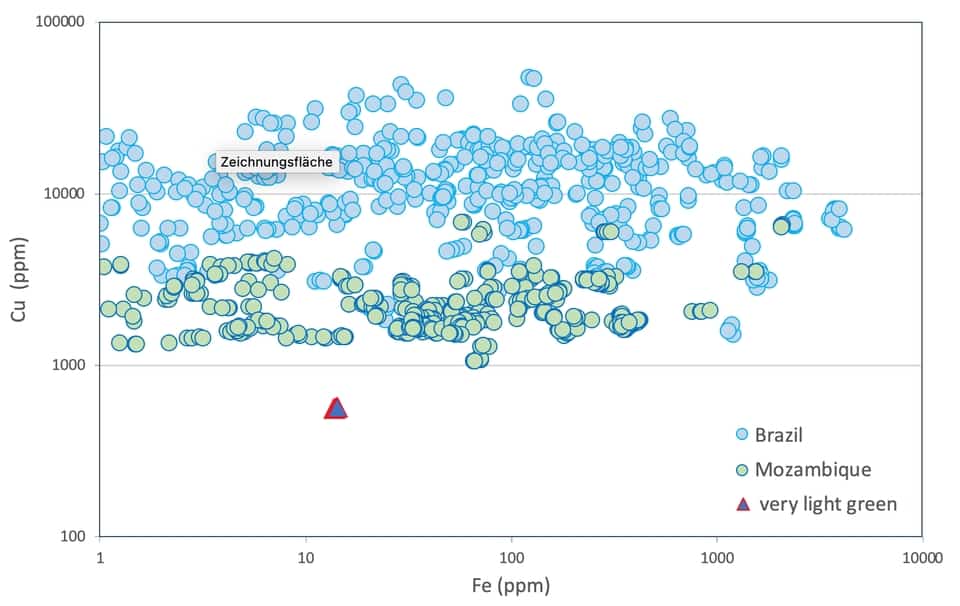
Want to learn more about toumalines?
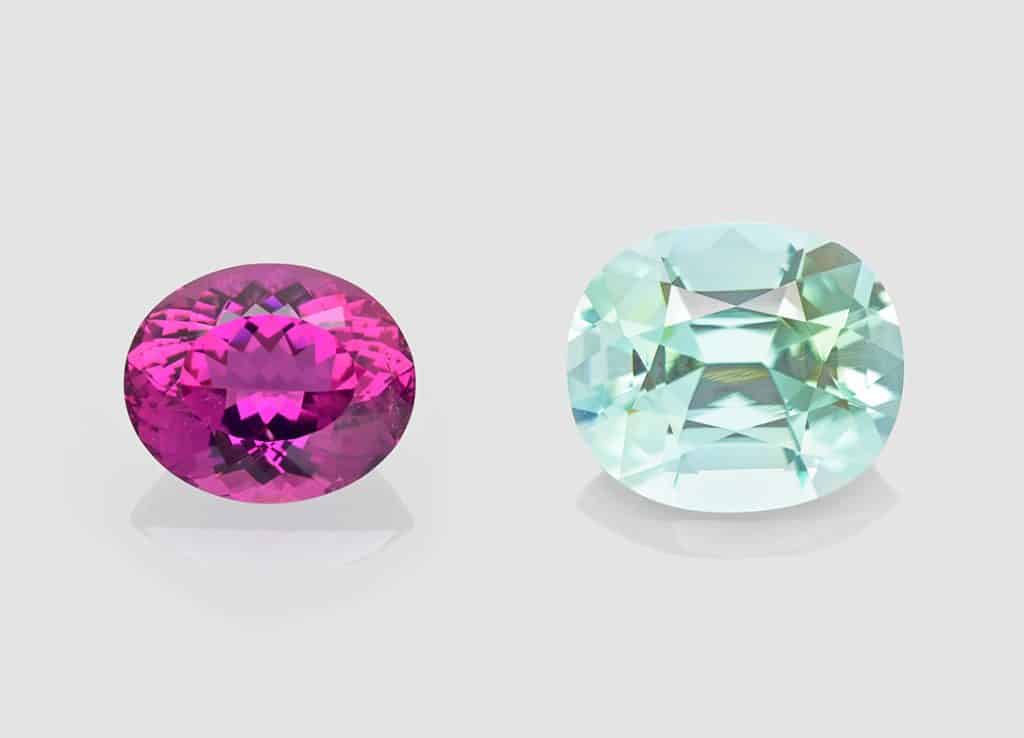
Start your journey to becoming a tourmaline expert with our free online course “Introduction to tourmalines”.
Learn all about tourmalines. Their fascinating history, how they form, where they come from. Learn about all the different origins of tourmalines and their treatments. Take this course as an introduction to the wonderful world of tourmalines.
